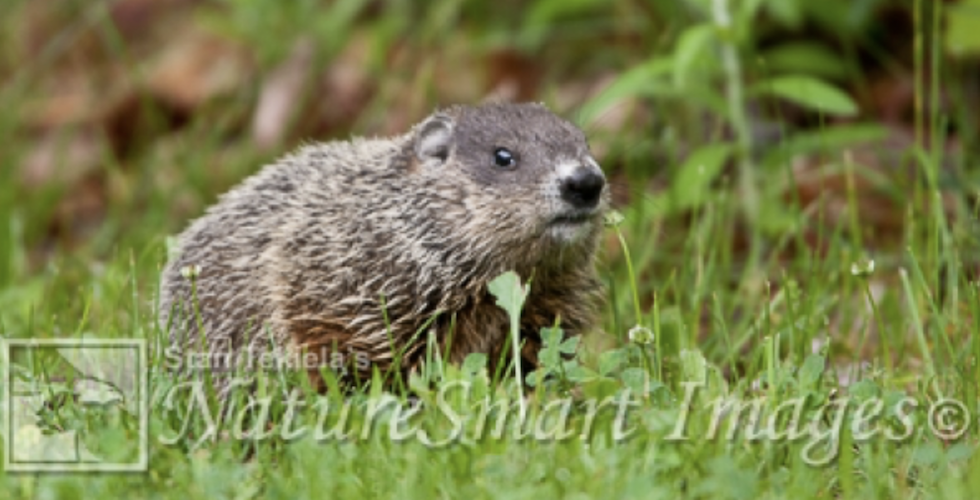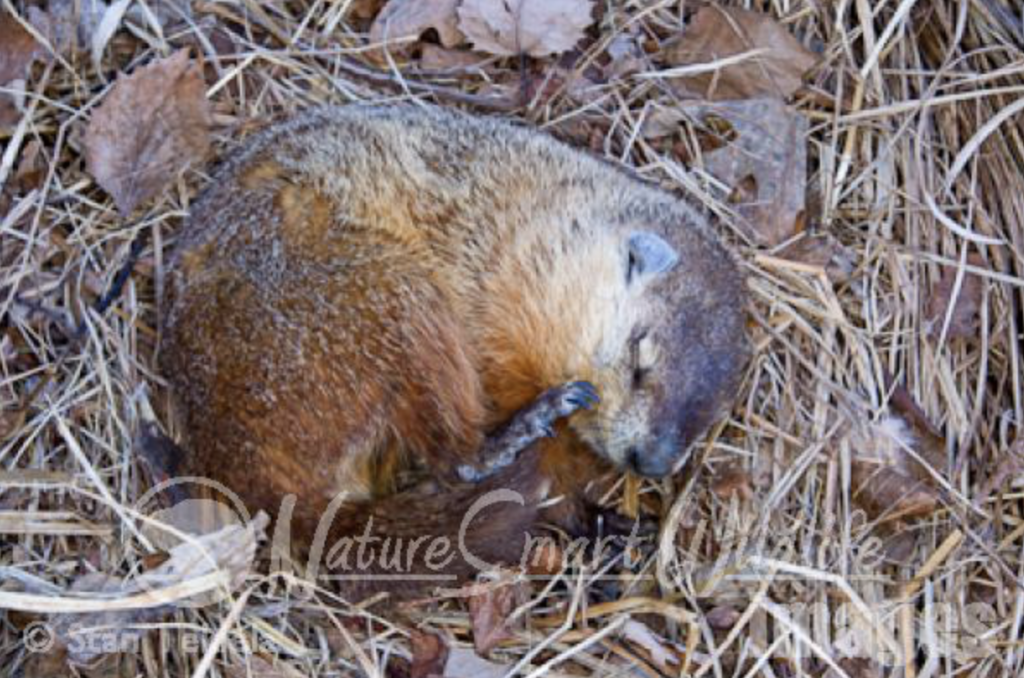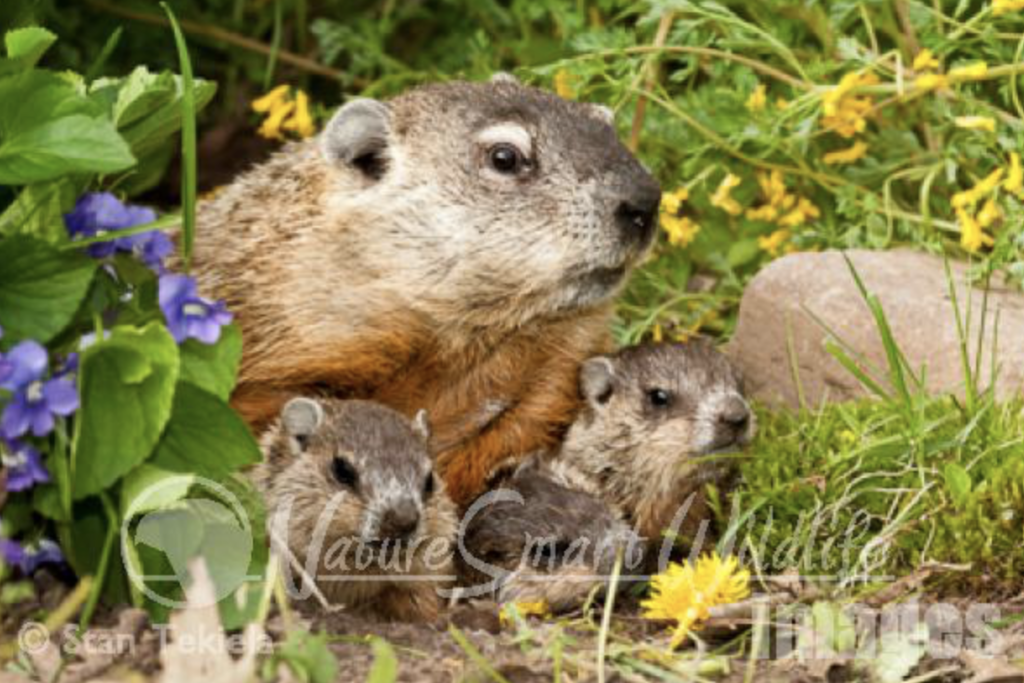
On Groundhog Day, Will the Woodchuck Announce Spring?
After a long winter, wildlife photographer Stan Tekiela wonders if the groundhog, also known as the woodchuck, will announce more of the same or if spring is just around the corner. For the woodchuck, spring is a wonderful time. So, let’s take a look at the woodchuck.

Although the woodchuck (Marmota monax) does not look like it, it is a member of the squirrel family, which is broken into two groups: tree squirrels and ground squirrels. The woodchuck is a type of ground squirrel, along with many others, such as chipmunks and pocket gophers. The woodchuck is the largest member of the squirrel family.
Measuring 24-28 inches from the tip of the nose to the end of the tail, they sometimes appear as wide as they are long. They only weigh between 10-14 pounds, becoming heavier at the end of summer when they are getting ready to hibernate and weighing less in spring when they emerge from hibernation.
Speaking of hibernation, the woodchuck is a true hibernator, meaning that it must go into winter with enough body fat to last all season. At no time do they wake up to feed or replenish body fat, unlike the chipmunk, which has a supply of food stored underground in its burrow. If the woodchuck doesn’t have enough fat to last the winter, it will die in its den before spring arrives. Even bears, who are well known for their hibernation, wake up occasionally, especially if it is a female giving birth to cubs. During hibernation, the woodchuck curls into a ball with its head between its front legs and doesn’t wake at all. Its body temperature drops from 90º F to about 40º F. Breathing slows to one breath every 6 minutes, and the heart rate decreases from 75 to 4 beats per minute.
The common name “woodchuck” is from the Cree Indian word wuchak, which describes several small animals, but apparently the name stuck for this animal. This is also the animal for which Groundhog Day was named. It is sometimes called the Whistle Pig because it gives a high-pitched whistle-like call when alarmed and it often looks fat as a pig.

This critter is solitary for most of the year, except for when mating or when a mother is raising her young. In addition, they are rarely far from their den entrance. When they feel threatened, they will quickly run back to their den and slip away underground. A woodchuck will wait at its den entrance until danger has passed before slowing coming back out.
Unlike its common name suggests, the woodchuck does not eat or throw wood. But instead, it eats green leaves of plants such as dandelions. In the spring before the grass greens up or the dandelions pop up, they sometimes will climb small shrubs or trees to feed on the newly emerging leaf buds.
Back at their den, they have a large underground tunnel system, which is often used by other animals, such as Eastern Cottontail Rabbits, Raccoons, Opossums, and a variety of snake species. They have separate winter and summer dens. Their summer dens are usually located near open grassy areas with plenty of food nearby. The winter dens are often in the woods and have a single entrance hole with a hibernation chamber at the end.
Females breed at 1 year of age. Mating takes place during March and April. They only have a 30-day gestation period before the young are born. They have about 3-6 offspring, only once per year. The young are born naked with their eyes closed and helpless. Eyes open and they start to crawl at week four. Childhood is very short for young woodchucks. They are weaned from mother’s milk at 6 weeks and are out and on their own at 10 weeks of age. And you thought you had a tough childhood.

You can see these wonderful creatures along busy highways and in open fields on sunny days. I think they are marvelous, and I look forward to seeing them each and every spring.
If you enjoyed Stan’s post, you may consider his book The Lives of Wolves, Coyotes and Foxes. Also be on the lookout for Stan’s upcoming book Bald Eagles: The Ultimate Raptors (June 2021).
You can follow Stan on Facebook and Twitter, or contact him via his web page. Stan’s nationally syndicated NatureSmart Column appears in more than 25 cities spanning 5 states (Minnesota, Wisconsin, Michigan, Illinois, and Pennsylvania) and is circulated to more than 750,000 readers.


